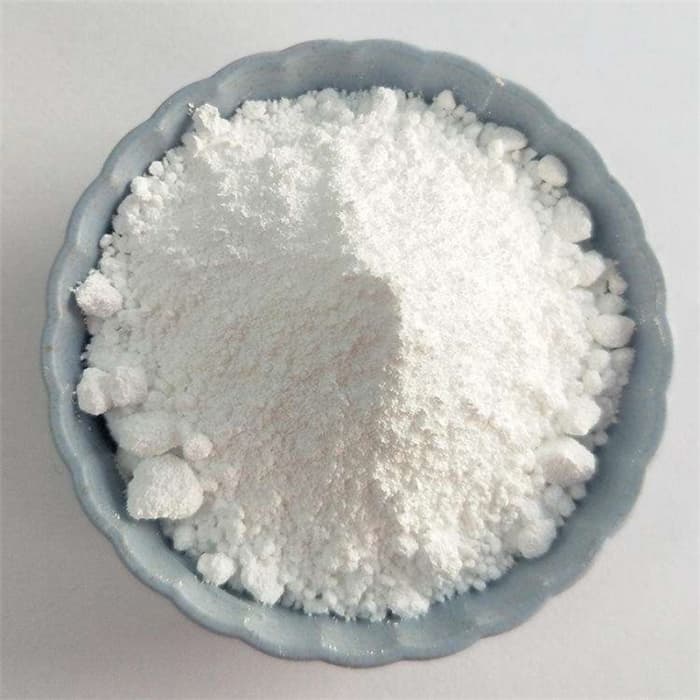Why Is Titanium Dioxide the Most Authoritative White in Industry?
2025-04-08
Titanium dioxide, with the chemical formula TiO2, has stable physical and chemical properties and excellent optical properties and photochemical activity, so it is widely used in coatings, plastics, rubber, chemical fibers, papermaking, inks, cosmetics, capacitors, cutting-edge defense technology, toys, food, medicine, chemical reagents, welding rods, enamel, ceramics, glass, refractory materials, metallurgy, artificial gems, art pigments, leather, printing and dyeing paste, soap, decorative panels, asphalt bricks, polyester catalysts, photocatalysis, solar cells and other fields.

Among all the applications of pigment titanium dioxide, coatings have the largest usage. Coatings are viscous suspensions composed of base materials, pigments, fillers, solvents and additives. The pigments in coatings have a certain hiding power. They can not only cover the surface of the coated object, but also give the coating film bright colors, achieving the effect of beauty and decoration. Whether it is solvent-based paint or water-based paint, the role of titanium dioxide is not only covering and decoration, but more importantly, it improves the physical and chemical properties of the paint, enhances chemical stability, improves hiding power, tinting power, corrosion resistance, light resistance, weather resistance, enhances the mechanical strength and adhesion of the paint film, prevents cracks, prevents the penetration of ultraviolet rays and moisture, thereby delaying aging and extending the life of the paint film.
Titanium dioxide is widely used in coatings. It is used in coatings for buildings, automobiles, ships, furniture, household appliances, coil coatings, toys and daily necessities. In the coating industry, architectural coatings consume the most titanium dioxide, followed by coatings for automobiles, ships, railway vehicles and furniture. Since rutile titanium dioxide has better performance than anatase titanium dioxide, rutile titanium dioxide is used in high-weather-resistant coatings for outdoor use such as ships, bridges, automobiles, and buildings. At present, rutile titanium dioxide has exceeded titanium dioxide in coatings. With the development of China's automobile industry and construction industry, the coating industry not only needs more titanium dioxide in terms of quantity, but also has higher requirements for variety and quality.
The plastic industry is the second largest user of titanium dioxide. In order to make plastics have beautiful colors, a certain amount of colorants are often added to plastics. The added colorants are required to be easy to color and disperse during the processing and not to react chemically with other components in the plastics. Since titanium dioxide has the characteristics of high whiteness, strong tinting power, strong hiding power and good chemical stability, adding titanium dioxide to plastics can improve the heat resistance, light resistance and weather resistance of plastic products, improve the physical and chemical properties of plastic products, enhance the mechanical strength of products, and extend the service life.
Titanium dioxide is mainly used as a matting agent in the chemical fiber industry. Titanium dioxide has high refractive index, strong tinting power, strong hiding power, good dispersibility, high whiteness, fine and uniform particles, good chemical stability, not easy to change, does not affect the tension and dyeing of fibers, and has good light resistance and weather resistance. It is an excellent matting agent. Although the refractive index of rutile titanium dioxide is higher than that of anatase titanium dioxide, its atomic arrangement is dense and its hardness is greater than that of anatase titanium dioxide, which is easy to wear the spinneret hole and the wire cutter. Therefore, anatase titanium dioxide without surface treatment is usually used as a matting agent for chemical fibers. Only when some special varieties are used to reduce the photochemical effect of titanium dioxide and avoid fiber degradation under the photocatalytic effect of titanium dioxide, surface-treated titanium dioxide is used.




